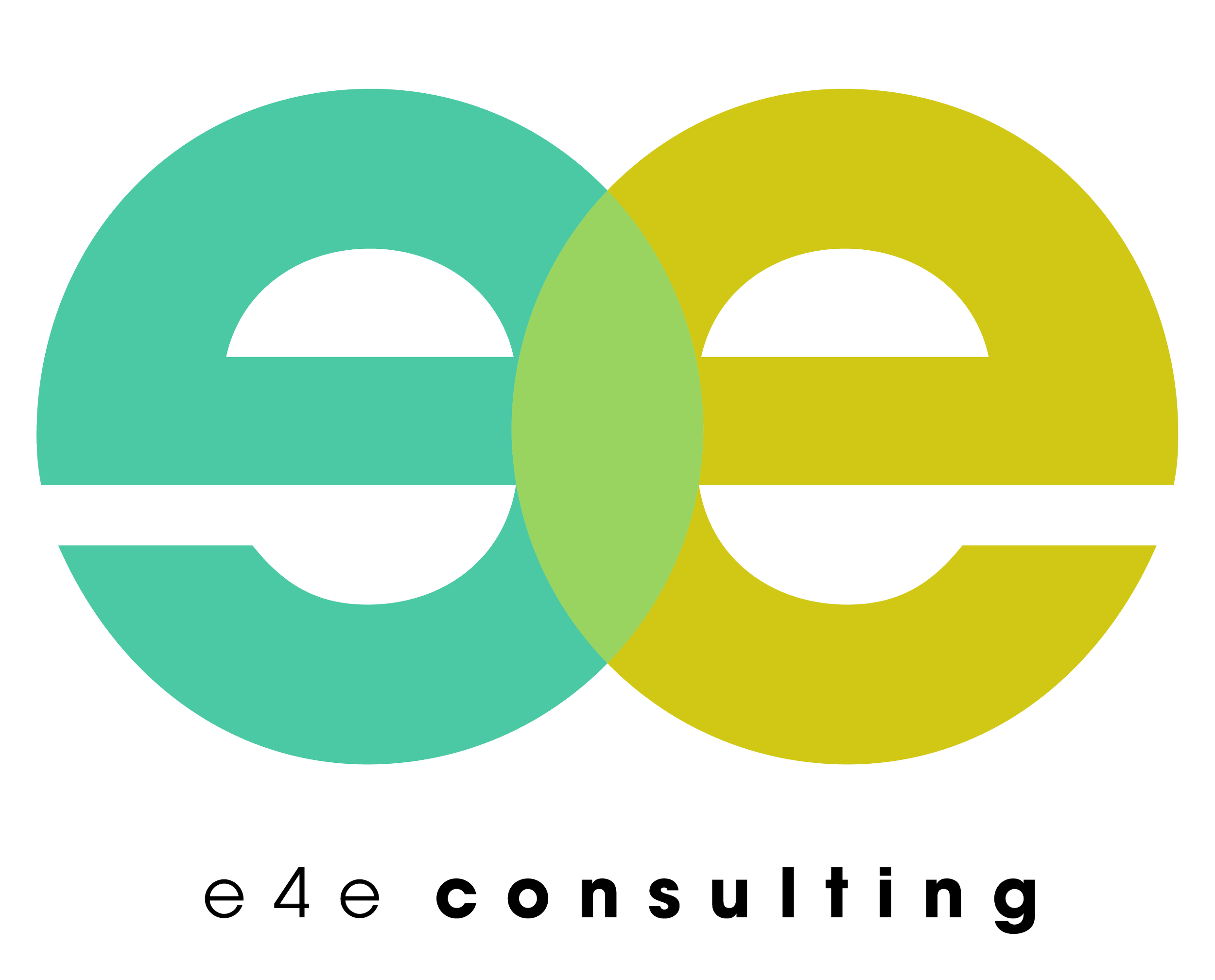How to Evaluate Your Organization
If anyone in your organization needs to champion evaluation, it is the leadership. Sometimes there is fear that evaluation might reveal some failure, weakness, or inefficiency. Anxiety that if you reflect on the program or some aspect of it, you might reveal something about yourself.
When leadership approaches evaluation this way it can be disastrous. It is important to study successes, to identify what went right in achieving an objective or accomplishing a specific goal. It is equally, if not more important to study failures, to identify and understand what may have gone wrong. Inside every success there are little failures, little ways things can be improved. Without examination and evaluation it is almost impossible to identify those things.
As a way to get started we suggest you look at some aspect of your work through the lens of a SWOT analysis. SWOT is an acronym for Strengths, Weaknesses, Opportunities, and Threats. Take a white board or paper and separate it into four quadrants, each titled with one of the above words. Then, ask your evaluators—meeting participants, staff, constituents, partners, or anyone working on any given program—to fill in the quadrants. You can choose to do this individually, in small groups, or collectively depending on the size of the group and the allotted time. On the one hand, the more intimate the relationship is between the program and the evaluator, the more accurate their judgements are—on the other hand, the more potential there is for bias. If it is helpful, try to have some unbiased, unconnected evaluators in the room.
Strengths
Asking about strengths is not meant to be a list of accomplishments. This moment is not about selling the program, or the idea of the program to anyone. This moment is about looking at the strengths of the process, rather than what was achieved. Strengths are also reflected in what others say about the program, rather than what you say about yourself. Listing strengths has a prerequisite of listening to the community and any concrete data produced by the participants.
Weaknesses
Asking about weaknesses is not meant to create a space for participants to take shots at the program. Weaknesses are also not meant to be personal. Listing weaknesses, again, is about process. Where Strengths asks what we did well, Weaknesses asks what we didn’t do well, or not do at all that perhaps we should? In many cases, weaknesses are identified by our constituents. If there are no formal mechanisms for these weaknesses to be expressed, that is itself a weakness. It is weaknesses and our study of them that serve as alarms, to remind us where the points of stress and inefficiency are. Weaknesses inform us of who we are as organizations and help to set limits around what we can and cannot accomplish. Doing what we do better, is only possible if we are acutely aware of where we are falling short.
Opportunities
Creating inventories around opportunities includes taking advantage of potential resources, pathways, or privileges that may have been unachievable in the past. Most opportunities exist as a result of our relationships with people, organizations, or other institutions. New opportunities become available when you establish new relationships, or inventory existing relationships for the skills or resources you need. Opportunities fall to the prepared, so it is important to identify existing opportunities and project from the impact of our Strengths. Opportunities also exist when we re-examine our Weaknesses because each one presents an opportunity to improve.
Threats
Identifying threats requires an examination of the climate both inside and outside of the organization. It is important to understand the industry your organization is in and how broader politics, policies, laws, and social norms can impact the success of your work. It is important to be able to read the world in a way that makes it possible for you to forecast future possibilities, or imagine external threats. These are often things outside of your control, but the earlier you see them coming, the better prepared you can be to deal with them. It is equally important to recognize internal threats, including but not limited to staffing issues, lack of planning, poor customer relations, bad financial management, etc. Internal threats are things that are entirely in the control of the organization. Managing these threats is the responsibility of leaders of the organization, but surveying them should be the responsibility of everyone who participates in this SWOT analysis.
There are many other ways to conduct evaluations of programs and organizations. However in an environment where evaluation is not common, or in spaces attempting to make evaluation and assessment more routine, SWOT analysis is a great tool to use to get started.
